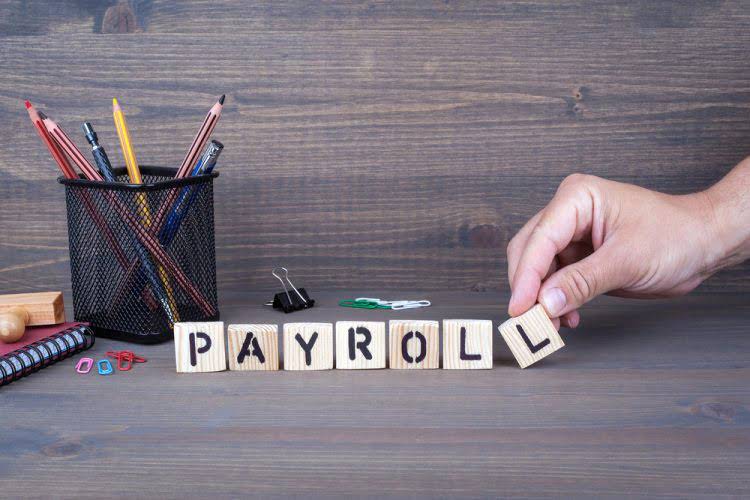
So, this means there is a time lag between the issue of cheques and its presentation to the bank. One of the primary reasons responsible for such a difference is the time gap in recording the transactions of either payments or receipts. Not Sufficient Funds (NSF) refers to a situation when your bank does not honour your cheque. This is because the current account on which the cheque is drawn does not have sufficient funds to honour the cheque. Here’s an example of how By the Bay Contracting’s bank reconciliation would look.
Where there are discrepancies, companies can identify and correct the source of errors. How you choose to perform a bank reconciliation depends on how you track your money. Some people rely on accounting software or mobile apps to track financial transactions and reconcile banking activity. Others use a paper checkbook, and balance it each month, to keep a record of any written checks and other transactions. You can also opt to use a simple notebook or spreadsheet for recording your transactions.
First, check your two cash balances
Therefore, it makes sense to first record these items in the cash book to determine the adjusted balance of the cash book. These outstanding deposits must be deducted from the balance as per the cash book in the bank reconciliation statement. One reason for this is that your bank may have service charges or bank fees for things like too many withdrawals or overdrafts. Or there may be a delay when transferring money from one account to another. Or you could have written a NSF check (not sufficient funds) and recorded the amount normally in your books, without realizing there wasn’t insufficient balance and the check bounced. When you “reconcile” your bank statement or bank records, you compare it with your bookkeeping records for the same period, and pinpoint every discrepancy.
If there are any differences, adjust the balance sheet to reflect all transactions. Keep in mind, a bank account is an asset to the company BUT to the bank your account is a liability because the bank owes the money in your bank account to you. ABC Co. can start from the adjusted bank book balance and adjust the timing differences to it to reach the bank statement balance. It can also adjust the balances to the bank statement to reach the adjusted bank book balances instead. If there is an undocumented reconciling item, review the bank reconciliation process steps just noted.
Make Necessary Adjustments in the Balance as per cash book
The reconciliation statement allows the accountant to catch these errors each month. The company can now take steps to rectify the mistakes and balance its statements. Ideally, you should reconcile your bank account each time you receive a statement from your bank. which of the following is not a step in preparing a bank reconciliation? This is often done at the end of every month, weekly and even at the end of each day by businesses that have a large number of transactions. Adjust the cash balances in the business account by adding interest or deducting monthly charges and overdraft fees.

First of all, the balance from the bank statement is compared with the bank book. The balance in the bank statement is $500 while the balance on the bank book is $2,350. The bank reconciliation of the ABC Co. for the month of May 20xx can be prepared by using the steps above. Once the types of differences are identified and adjusted against their relevant balances, the balances should be compared again. This is one of the reasons bank reconciliations are a major part of a business’ internal control procedures.
